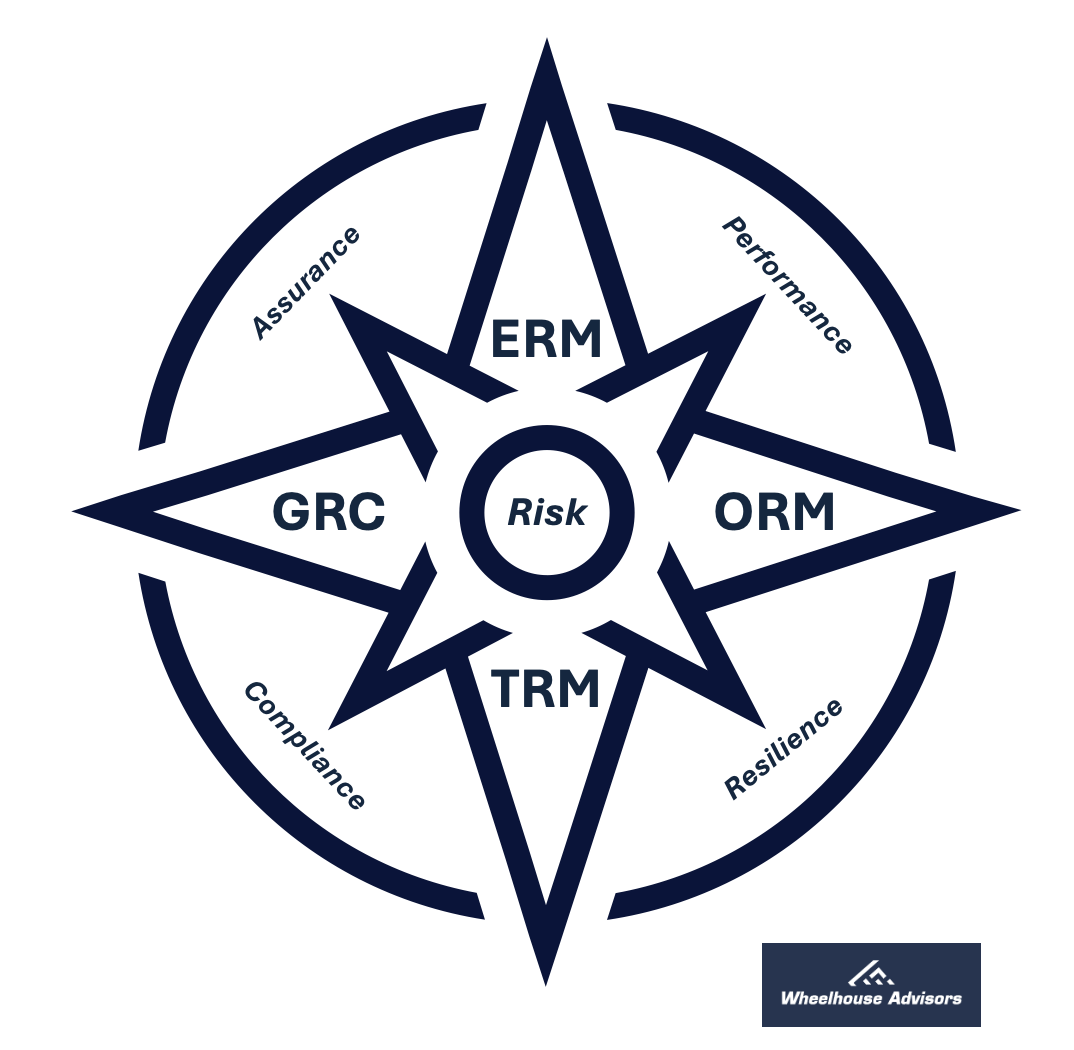How Integrated Risk Management (IRM) Can Significantly Reduce Cyber Insurance Premium Costs
In today's digitally-driven business environment, the threat of cyber-attacks has escalated to unprecedented levels, necessitating robust cyber defenses to secure competitive cyber insurance premiums. As highlighted in a recent survey by Sophos, 97% of companies holding cyber insurance policies have invested in enhancing their cyber defenses to mitigate insurance costs. This strategic investment facilitates coverage qualification and leads to better pricing and improved policy terms. However, despite these investments, the rising costs of cyber incidents often surpass policy limits, leaving companies financially vulnerable. This article delves into how Integrated Risk Management (IRM) can be pivotal in reducing cyber insurance premiums, enhancing overall risk resilience, and positioning businesses for sustainable success.
The Escalating Cyber Threat Landscape
The sophistication and frequency of cyber-attacks are intensifying, posing significant risks to businesses globally. According to the Sophos survey, 76% of companies reported that investments in cyber security enabled them to qualify for coverage, while 67% achieved better pricing and 30% secured improved policy terms. Yet, the challenge persists as recovery costs from cyber attacks often exceed insurance coverage, with only 1% of claims fully funded by insurers. This gap underscores the critical need for businesses to implement comprehensive cybersecurity measures and robust risk management frameworks.
IRM’s Strategic Importance
IRM offers a holistic approach to identifying, assessing, and mitigating organizational risks. By embedding cyber security within an IRM framework, businesses can unlock several benefits that directly impact their cyber insurance premiums:
Enhanced Risk Visibility and Assessment: IRM provides a comprehensive view of an organization's risk landscape, including cyber threats. This enhanced visibility allows businesses to identify vulnerabilities, assess potential impacts, and prioritize risk mitigation efforts. Insurers value this proactive approach, often resulting in lower premiums due to the perceived reduction in risk.
Implementation of Industry Best Practices: IRM frameworks encourage adopting industry best practices in cyber security, such as regular vulnerability assessments, incident response planning, and employee training programs. By adhering to these best practices, businesses can negotiate better terms with insurers, showcasing a commitment to minimizing cyber risk.
Continuous Monitoring and Improvement: IRM emphasizes the constant monitoring of risk factors and the effectiveness of control measures. This ongoing process ensures that cyber defenses remain robust and up-to-date, reducing the likelihood of successful cyber attacks and associated claims, thus making the organization more attractive to insurers.
Data-Driven Decision Making: IRM leverages data analytics to inform decision-making processes. Businesses can identify trends, predict potential threats, and allocate resources more effectively by analyzing risk data. Insurers will likely offer favorable premiums to organizations that demonstrate data-driven risk management, indicating higher preparedness and resilience.
Alignment with Regulatory Requirements: Compliance with regulatory standards is a critical component of IRM. Meeting regulatory requirements reduces the risk of penalties and enhances an organization's credibility with insurers, leading to potential premium reductions. This compliance demonstrates a structured approach to managing cyber risk, incentivizing insurers to offer competitive rates.
Market Opportunities and Challenges
The cyber insurance market, particularly outside the US, presents significant growth opportunities. Broker Howden predicts that non-US territories will account for 54% of market growth by 2030. However, the market faces substantial challenges, including an 18% rise in claims frequency this year alone. Despite these challenges, fewer companies are being forced to pay ransoms due to effective risk controls, highlighting the positive impact of robust cyber security measures.
Geopolitical crises and systemic risks continue to pose aggregation risks, where a single point of failure can impact multiple organizations. The increased use of artificial intelligence further accentuates the need for comprehensive risk management to safeguard future operations. This technological evolution underscores businesses' need to adopt IRM frameworks that can dynamically adapt to new and emerging threats.
A Proactive and Robust Risk Management Stance
In an era where technology and digital operations are integral to business success, the imperative to protect against cyber threats has never been greater. IRM offers a comprehensive and strategic approach to mitigating these risks, directly impacting the cost of cyber insurance premiums. By adopting IRM, businesses can demonstrate a proactive and robust risk management stance, making them more attractive to insurers and better positioned to handle the financial repercussions of cyber incidents. As the cyber insurance market evolves, integrating IRM into business strategies will be vital to achieving sustainable growth and resilience.
For more insights into how IRM can help your organization, visit Wheelhouse Advisors.
References
"Businesses must invest in cyber security to bring down the cost of cyber cover," Strategic Risk Global, July 3, 2024.
Sophos Cybersecurity Survey, June 2024.
Howden Cyber Insurance Market Report, July 2024.

